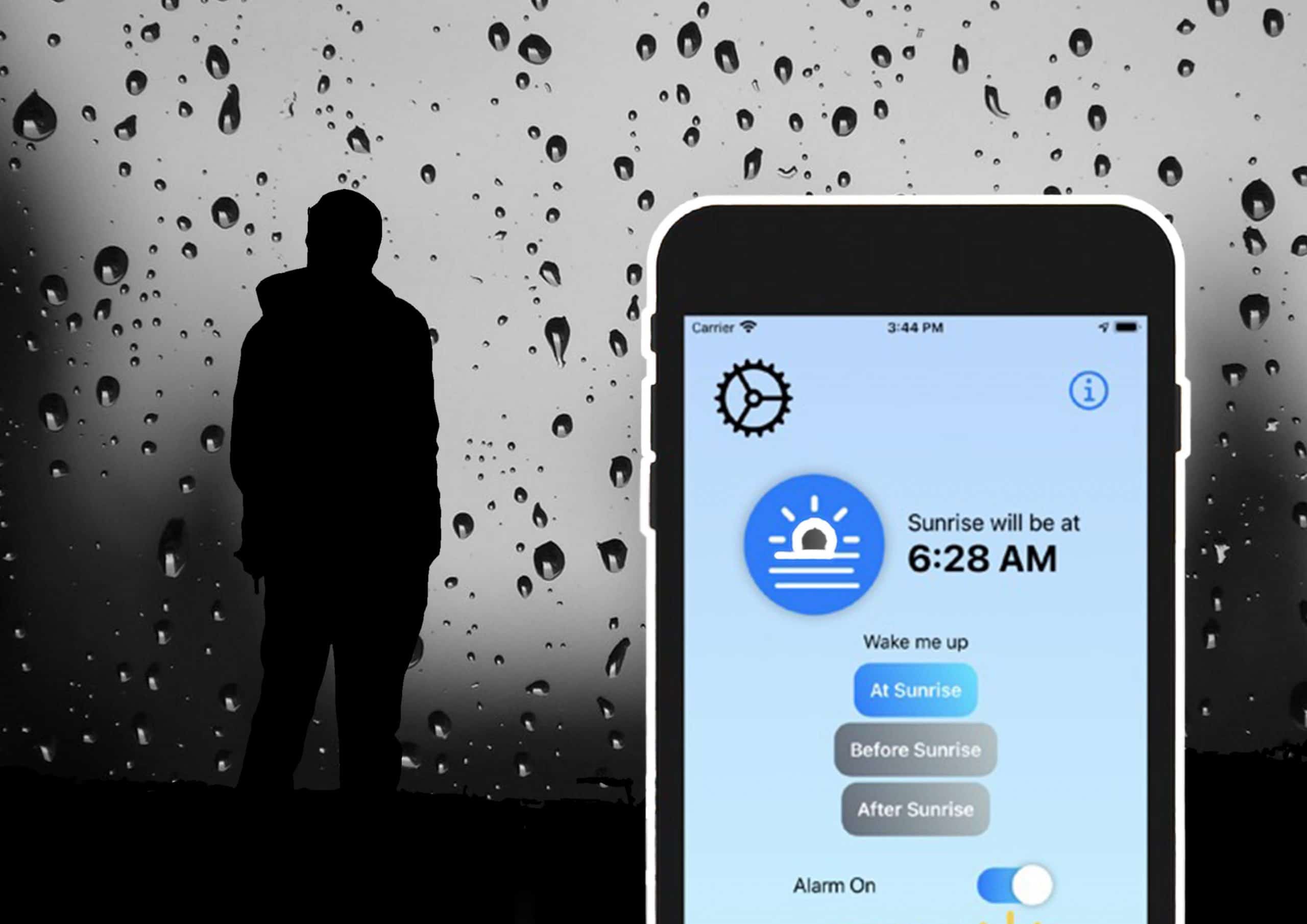By Kat Birch
Sleeping more? Enjoying life less? Feeling more hermit crab than human?
Don’t panic, you’re not going crazy. There’s actually a medical term for it – Seasonal Affective Disorder (SAD).
As if the shorter days, rubbish weather and lack of sunlight weren’t enough to have us all feeling pretty ‘meh’, the winter months actually mess with our bodies. The lack of sunlight causes a drop in serotonin levels and a spike in melatonin, contributing to increased low moods and messed up sleep patterns. Symptoms of SAD range from stress, anxiety and persistent low moods, to an increase in appetite and inability to concentrate. This can feel pretty debilitating, especially if you have lectures to get to, assignments due and shifts to work through. Life doesn’t get any slower in winter, but it feels like we do.
You’re not alone; Roughly 1 in 16 people suffer with Seasonal Affective Disorder in the UK, and a further 15% with subsyndromal SAD. I for one struggle to get out of bed before midday after the clocks go back, and my favourite things in life begin to feel like big fat chores. I’m usually pretty active and a proper extrovert, but November rolls around and suddenly getting dressed feels overwhelming, exercise feels impossible, and socialising is the last thing I want to do.
SAD is particularly difficult if you already suffer with mental health problems, so it’s crucial to look after yourself and have a couple ‘bad-day plans’ in place. If the months from November to February, have you struggling, you don’t have to suffer in silence. I’ve put together a SAD survival plan, from apps to download to help you increase your sunlight exposure, to tips to help you boost your serotonin levels. Here’s how to beat those pervasive ‘winter blues’:
Apps:
Sunrise alarm
Seeing as SAD is caused primarily by lack of sunlight, increasing your exposure to it seems a pretty good place to start. Sunrise alarm wakes you as the sun rises, so you can maximise your time in the sun, and your body can make serotonin better and regulate your levels of melatonin.
Noisli
This is a personal recommendation that I think is great for anxiety and concentration. Noisli is basically a compilation of ambient noises, from crackling campfires, to thunder, to the background hum of a coffeeshop. What’s even better is you can make your own sound combinations, allowing you to tailor sounds to what helps you most. I love this app for when my mind needs a declutter. You can access Noisli on a desktop or download the app.
Sleep Cycle
If SAD particularly messes with your sleep pattern, this app is for you. Sleep Cycle essentially tracks your sleep and works out how much deep sleep you actually get. It wakes you up when you are naturally in a lighter phase of sleep, so you can start the day feeling a bit less like you’re having to hold your eyelids open with matchsticks.
Life-style
Sleep, diet, exercise and companionship are the four pillars to better wellbeing. When one slips, it impacts the others, so these are generally the areas you want to have covered.
Meal Prep
Eating properly is central to wellbeing, especially when your mood and energy levels are lower than usual. Prepping some good meals and freezing them can be a lifesaver on days when you’re too tired and demotivated to make anything other than cheesey pasta for the 5th night that week. Prepping meals you genuinely enjoy is important too; when the day is feeling pretty bleak, sometimes the simple pleasures are what matter most. As a general rule of thumb it’s a good idea to avoid overly processed food too; the spike in blood sugar will most likely lead to a crash that leaves you feeling worse than before. Stick to slow release carbs and try to eat your veg – you’ll feel better for it.
Exercise
Don’t get mad, I hate it too. Finding the motivation to exercise at the best of times is hard, but hear me out – regular exercise is shown to boost levels of serotonin and dopamine, as well as contributing to better sleep. It doesn’t have to be a heavy gym session or a 5k run, the trick is to exercise in ways that make you feel good, and that don’t fill you with dread. If you prefer Yoga, or walking, or doing home workouts, it doesn’t matter. Just get yourself moving. Arrange to meet your mates for walks, or follow the same fitness plans; making it social and enjoyable is half the battle.
Keeping Social
Humans are social animals, so spending time with friends is central to our happiness. It’s no secret that alcohol isn’t fantastic for our mental health, so it’s probably best to keep the boozy nights out to a minimum. Having plans to look forward to is essential though, so arrange movie nights, study sessions, coffee dates, whatever you love doing with friends that can help you get through the winter months.
Extras
Light-therapy
A major contributor to SAD is reduced exposure to sunlight. SAD lamps are specifically designed to mimic sunlight, and are used to treat and counter the effects of seasonal depression. Light therapy lamps can be on the expensive side, but if you shop around online you can find some that are much more affordable, or you can chip in with your housemates to buy one for your shared spaces. If you struggle with SAD, and find it significantly impacts your life, a light therapy lamp is definitely a good investment.
Vitamin D
Nicknamed the ‘sunshine vitamin’, we get most of our vitamin D from exposure to sunlight. Clearly this becomes a problem after the clocks go back, and some research shows a correlation between depression and reduced levels of vitamin D. The evidence isn’t conclusive, but Vitamin D supplements are used by a lot of SAD sufferers.


